Food coloring Guide – Best Food making tips with colors
When working with food coloring disturbs you, then we are here to assist! Our quick advice and tips for working with a myriad of food coloring will require your biscuits into a completely new degree of color.
Quick suggestions for coping with food coloring
1. Always start little
Always begin mixing your food coloring in tiny quantities, building up the color with time. It is oh so much simpler to add color in than to eliminate it in case you go too bright or too dim. It requires time, but it is going to be a hell of a lot faster and simpler than starting all over again.
Also, check – Karmin Pulver
2. Color grows over time
Food color grows and gets darker over time. This is imperative to understand, particularly when tinting fondant black or red. Rather than adding more and more coloring, allow your fondant (or buttercream or royal icing) sit for 10 to 15 minutes and check to see how far it’s darkened.
For fitting food-colored things to certain palettes, it is helpful to prevent color or two until you want to. Leave your job to sit down for a couple of minutes and check the shade.
3. There is a difference between natural, powdered, liquid, and gel colors
There are various sorts of food colors available on the current market, therefore it will help to know what works best for you and your undertaking.
Powdered coloring
Powdered colorings may be somewhat difficult to find — they are not likely to maintain the baking aisle of the regional grocery store as well as craft stores. You will have more luck online — Craftsy includes a fantastic choice.
The list of colors available as powder could be restricted, so you will want to correct and combine them yourself up. Additionally, adding an excessive amount of powder in your mix (make it batter, cookie dough, or fondant) may dry out your own consistency.
Natural coloring
These plant-based colorings are fantastic for anybody who would like to steer clear of synthetic colorants. They do, however, yield some fairly dull outcomes. If your purpose is to make a rainbow coating cake, do not utilize natural coloring — you are simply not likely to acquire the vibrant, interesting outcomes you desire. Natural colors may also be more difficult to find. Try out an internet hunt or even a specialty health food store.
Gel or paste coloring
These colorings include glycerine or corn syrup, which provides them a milder, gel-like consistency. For all of us, gel colorings are a terrific choice when adding color to batters. They are vibrant, easily available and they do not affect the consistency of your mix. They are also fairly concentrated, so they are fantastic for colorful creations.
Liquid coloring
Liquid food dyes come in mini bottles. They are sometimes quite watery inconsistency, which may really thin out your batter, dough, or icing. We normally suggest that cake decorators steer clear of these, since they may undermine your batter and lead to a sinking cake or perhaps at a combination that does not rise.
Liquid gel bleach
Liquid gel colorants are similar in comparison with runny honey. They are somewhat like a cross between liquid food dyes and gel/paste coloring. You will usually find them packed in a squeeze tube or flip-cap jar. We use food coloring in this type the most!
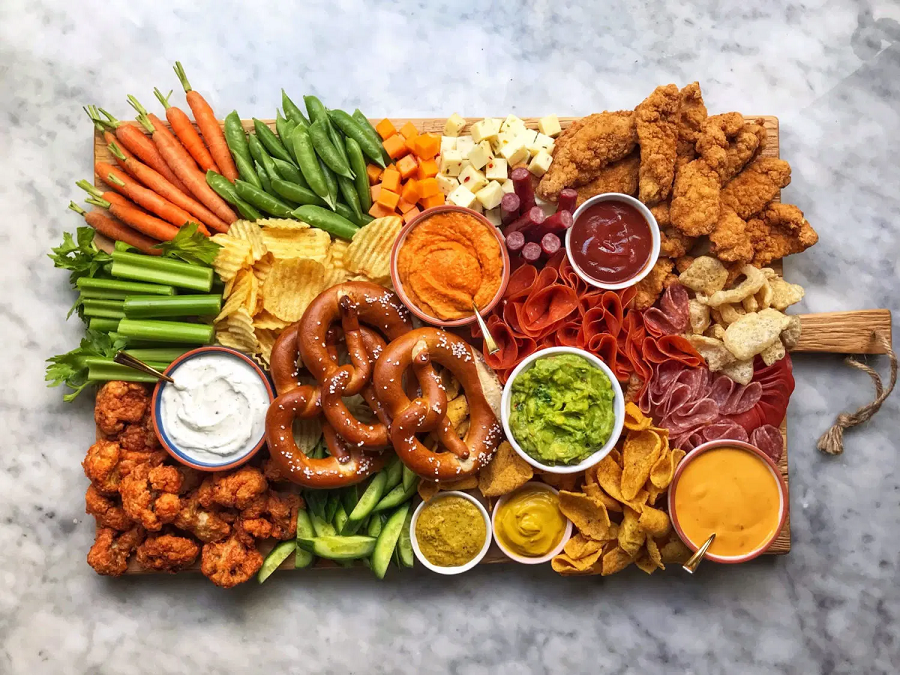
4. Use natural lighting
Always color by natural light for a precise view of the colors you are creating. A good deal of artificial lighting gives a dull, yellow glow that may make colors seem completely off. Picture coloring green to get a particular sequence and in daylight, it is really a blue-toned color — not great!
5. Allow it to be metallic!
Creating a fantastic metallic finish is not as straightforward as tinting fondant, buttercream, or royal icing. You are going to need to dust or paint your job. We like to color whatever medium we are working with to some close matte-like game (caramel for golden, gray for silver) and then closely hand-paint with edible paints and pliers.
6. Consider your materials and components
A good deal of individuals asks why their batter or buttercream has gone more turquoise rather than peach or blue rather than pink. Among the main things to bear in mind is the base color of the substance you are working with.
By way of instance, buttercream and batters normally have a natural yellowish color on account of the egg in buttercream along with the butter eggs in the batter. Consequently, if you put in some blue, then it is going to blend with the yellow and lead to a small green color.
You may prevent this by developing a white cream cheese or Crisco-based frosting for pliers or fillings. For cakes and cakes, experimentation with egg white batter to get rid of the orange egg yolk.
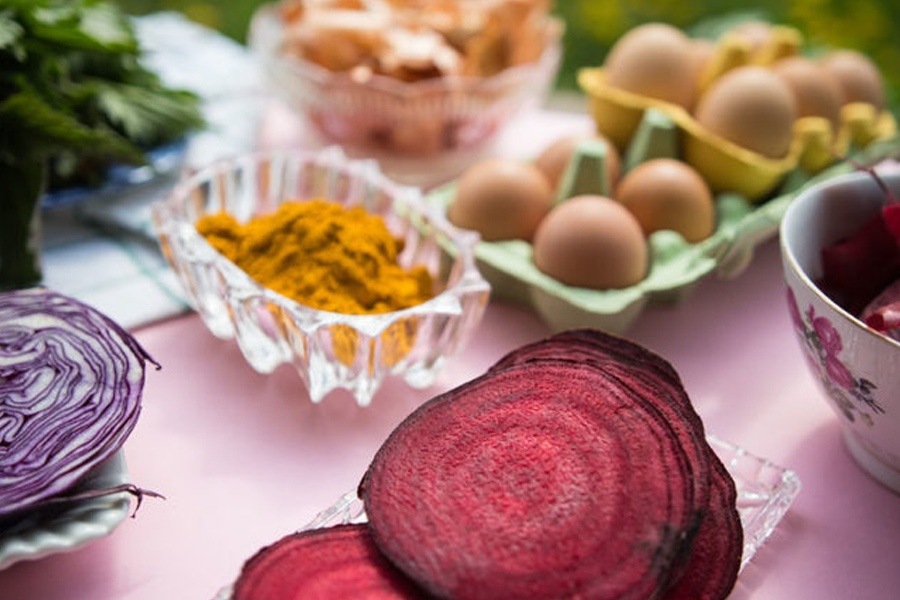
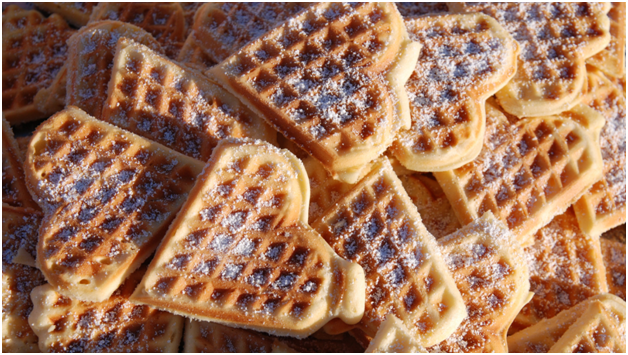
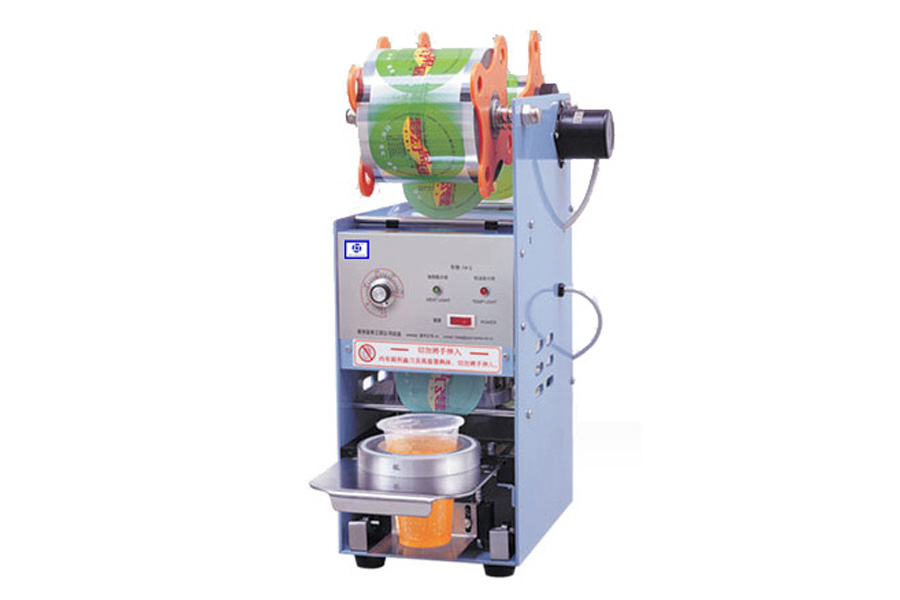

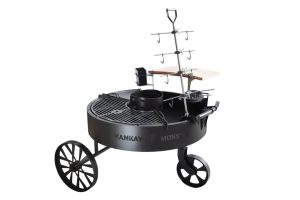
Post Comment
You must be logged in to post a comment.